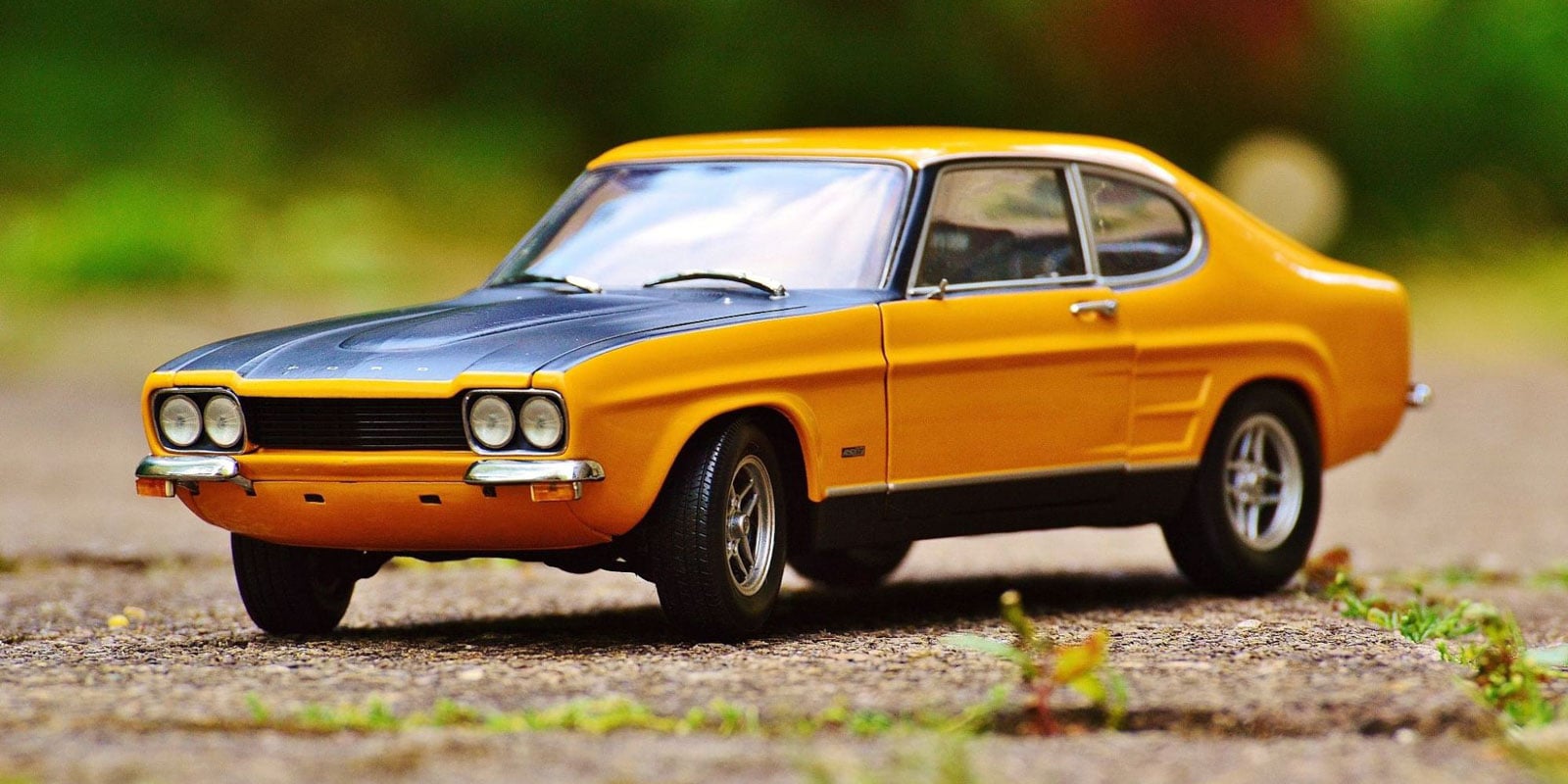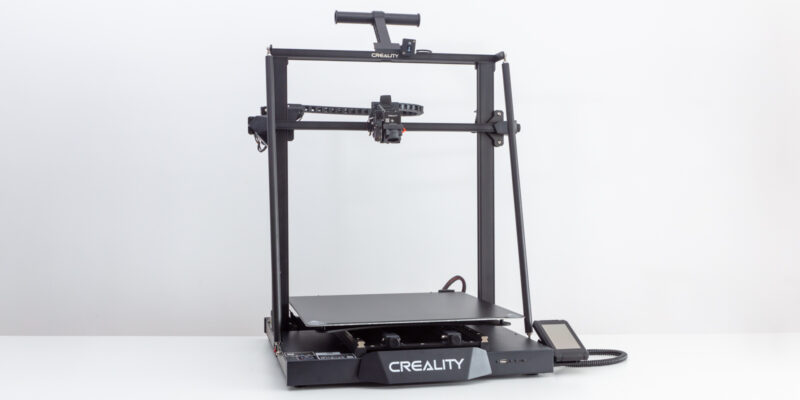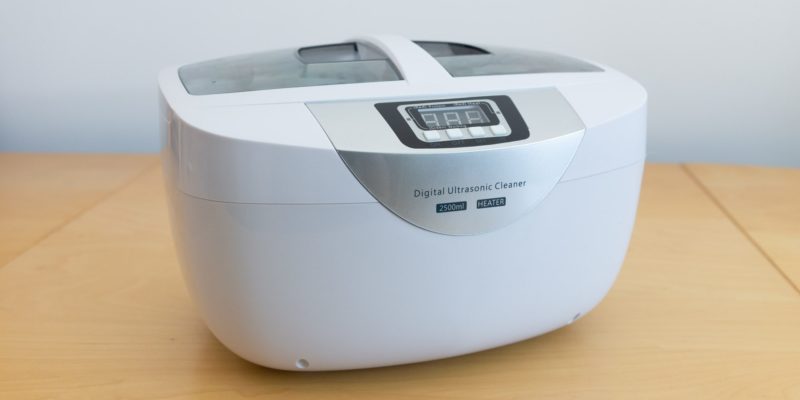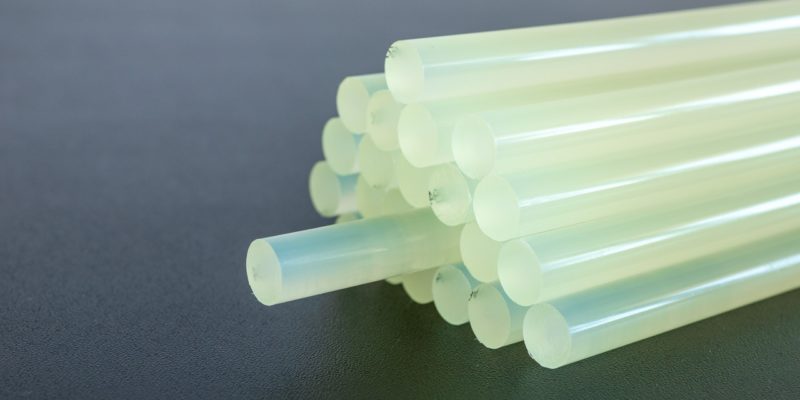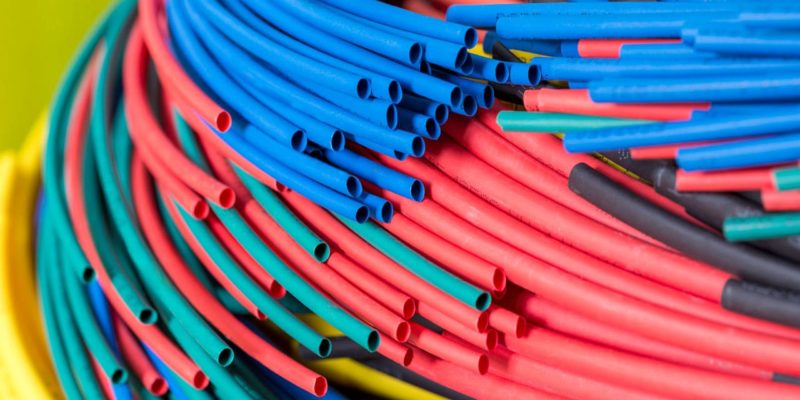If you ever shopped for models or model kits, you’ve probably heard the term model scale tossed around a few times in reference to the model’s size. You may be wondering what exactly scale sizes mean and how they work.
If you’re new to the concept of model scale or just confused by it, keep reading! We’re going to cover what model scale sizes are, why they’re important, how to calculate them, and which ones are the most common. We’ll also answer some of the most common questions users have when dealing with model scales to help you figure out the right scale size for your project.
How Do Model Scales Work?
Model scales are a simplified representation of how much smaller a model is in comparison to the actual object. Scale is most often written as two numbers separated by a colon (or sometimes a forward slash) such as 1:8. The number on the left represents the size of the model while the number on the right represents how many times bigger the original object is.
So, for a 1:8 scale model, the actual object is eight times larger than the model. For a 1:100 scale model, the original is 100 times bigger than the original, and so on.

Why Are Model Kit Sizes Important?
Models can vary drastically in scale size. Some models are very small, while others are quite large. It’s important to understand model sizes so you can choose the model kit that will best suit your needs.
A small model scale is ideal when you don’t have much room to display or store your finished models because they take up less space. However, the smaller the model, the harder it is to put together. Painting, gluing, and assembling models can be difficult when the pieces are tiny.
Models with a large scale size are fairly easy to put together. The pieces are large, so you have more room to paint, glue, and assemble them. The downside is that models with a larger scale size are, well, larger, so they take up more space than models with a smaller scale size.
The Benefits of a Consistent Scale
Scale is a good way to keep your project sizes consistent even if you use parts from other model kits. Even if two real-life objects are not the same size, as long as their models are the same scale, they are still proportionate to each other.
Manufacturers often make accessories for certain types of models as well, and it is important to buy them in the same scale as your model so the proportions and sizes are accurate.

How Do You Calculate Scale Model Sizes?
You can calculate two types of model scales: scale for the original object and scale for the model. You will need to know the size of the object in question for both scale calculations.
If you want to know what size a scale model of an object would be, you first need to know the size of the object. For instance, a 2022 Chevrolet Trax is 168” from the tip of the car to the back bumper.
If you wanted to calculate how long a 1:24 scale model of that vehicle would be, you would simply divide the Trax’s real length with the right-hand number of your scale. In this case, the calculation would be 168 / 24 = 7, so a 1:24 scale model of a 2022 Chevrolet Trax would be 7” long.
If you wanted to know the size of a 1:8 scale model, you would do the same thing except divide the length of the vehicle by 8 instead of 24, so 168 / 8 = 21, so a 1:8 scale model of a 2022 Chevrolet Trax is 21” long.
You can use a similar method to figure out the size of the actual object from the scale model sizes as long as you know the length of the model. Let’s continue with our previous example.
We know a 1:24 scale model of a Trax is 7” long, so if we wanted to calculate the size of the original vehicle, we would need to multiply the size of the scale model with the right-hand number of the scale. 7 x 24 = 168. As you can see, reversing the process yielded the same number we started with.
If you don’t want to do the model scale calculation yourself, you can also figure out the model scale using a calculator, like this one.
What Is the Best Size for a Scale Model?
The best scale for models depends on a few things. Do you want large or small models? Do you want highly detailed models? If you live in a space with little room, you’ll probably want to stick with small-scale models. If you have trouble handling small pieces, a large-scale model would be a lot easier for you to assemble. A smaller-scale model will have fewer fine details than a larger one will.
Ultimately, it comes down to your preferences and what you need from your project.
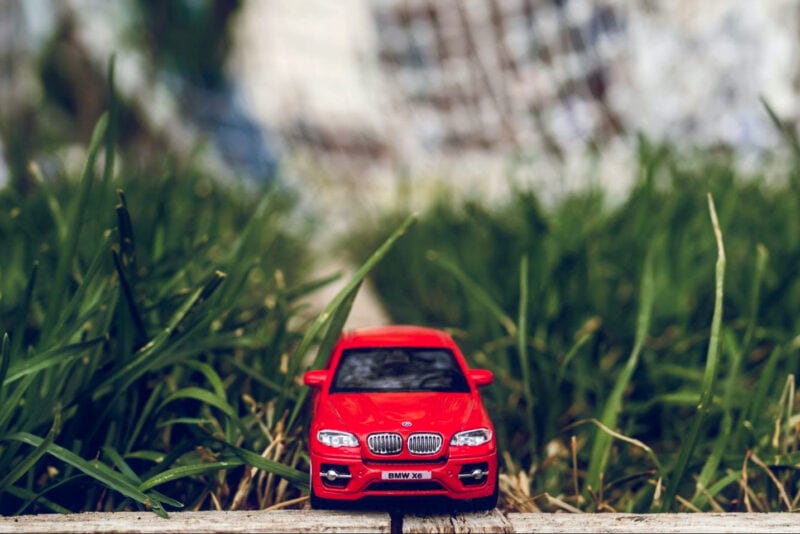
Common Scale Model Sizes
To help you choose the right model scales for your products, you can use this scale model size chart.
| Ratio | Common Use | Details |
|---|---|---|
| 1:4 | R/C, automotive, engine kits, 18” collectible dolls, trains | Common scale for engine kits. |
| 1:8 | Automotive, Japanese vinyl figures, trains | Common scale for automotive and rideable trains. |
| 1:12 | Diecast car, truck, and motorcycle models | Popular scale for model cars. |
| 1:18 | Diecast cars and trucks, resin figures, action figures, | Most commonly used for diecast motorcycles, car and truck models. |
| 1:24 | Cars and trucks, aircraft, dollhouses | Very common scale for model cars, model trucks, and dealer promotional models. |
| 1:32 | Tractors, cars and trucks, figures, aircraft | Known as 54mm scale. |
| 1:35 | Military kits | The most commonly used scale for military models globally. |
| 1:43 | Diecast cars | The most commonly used scale for die cast car models. |
| 1:48 | Aircraft | The most commonly used scale for diecast model aircraft, but it is sometimes used for military models, model train accessories, and dollhouses as well. |
| 1:64 | Small diecast | The scale for Matchbox, Hot Wheels, farm models, and other small diecast vehicles. |
| 1:72 | Aircraft, diecast military vehicles | Another common scale for model aircraft and now some armored military vehicles. |
| 1:87 | Trains | One of the most popular scale sizes for model trains. |
| 1:144 | Aircraft, ships | Common scale for smaller aircraft models. |
| 1:160 | Trains | Known as N scale for train models. |
| 1:200 | Aircraft, trains | Known as Z scale for train models. |
| 1:350 | Ships | Scale for highly detailed ship models. |
| 1:700 | Ships | Common scale for small ship models. |
What Is the Most Common Model Scale?
There is no single most common scale. It depends on the type of model in question. Plus, different countries tend to prefer different scales for some models. The table above has the most popular scale sizes and what types of models they are used for.
What Is the Most Popular Die Cast Scale?
1:43 is the most popular scale for diecast models. Its compatibility with O gauge model railways popularized it in the 1930s. Most model cars worldwide can be found in this scale. Models in this scale are popular because they are small enough to display on shelves, yet large enough that the details can be easily seen
1:64 is also quite popular and is the scale size used by Hot Wheels, Matchbox, and other small diecast brands.
While those are two common scales for diecast models, there is a large range of popular scale sizes to choose from, often dependent on the niche. For example, the 1:32 scale is frequently used for vintage car models.
What Is the Normal Size for a Scale Model?
It’s easy to calculate the normal sizes for scale models if you know the models’ sizes. A model at a 1:24 scale and is 5” long will be 120” long in its normal size. You can find the whole process for calculating scale earlier in this article, or you can simply use a scale calculator to do the math for you.
How Big Is a 1/24 Diecast Model?
There is no set size for 1:24 diecast models. The scale does not refer to a specific size—it is a fractional representation of a model’s size in relation to the object’s real size. For a 1:24 scale, models are 24 times smaller than the original object.
What Sizes Do Diecast Cars Come in?
Diecast car models are available in various scales. The most popular scale sizes for a diecast model car are: 1:12, 1:18, 1:24, 1:43, 1:64, and 1:72. 1:43 scale is the most common, while 1:64 is the scale popular with small diecast vehicles like Hot Wheels, Matchbox, etc.
What Is a Good Scale for a Model?
As we mentioned above, a good scale is one that works for you and fits the intended use of your models. Small scales have a low level of detail and high difficulty levels for assembling, while large scales are the opposite.
If you want to customize your models by adding wear and damage (or some other type of custom paint job), larger scales will give you more flexibility. If you are doing a simple paint job with few details, small-scale sizes are fine.
How Is Scale Calculated for Fictional Objects Like Robots, Spacecraft, and Aircraft From Sci-fi?
Models for fictional vessels and vehicles are some of the most popular kits and figures you can buy. While it may be tempting to question the accuracy of a model’s scale for a vehicle that doesn’t actually exist, it is actually calculated through the same process as the scale for other models.
Most of these objects already have an actual scale set by the production teams. Take Gundams for example: if the artists don’t know the normal scale of the Gundams, they won’t be able to consistently size it in proportion to the objects around it in their art. Manufacturers use these measurements to set the scale for their models.

Why Are Some Scaled Models and Figures Always the Same Size?
If a manufacturer bases the scale of an object on an estimated or average size, all the models will scale down to the same measurements. American Girl and other 18” collectible dolls use an average child’s height to determine its 1:4 scale so that all models in this scale will measure 18” tall.
Final Thoughts
While scale model sizes can be a bit confusing, understanding how they work and how to calculate them makes it much easier to understand the actual model sizes when buying a kit or trying to make modifications to one of your models.
Knowing the common scales used for different types of models is also invaluable for not only finding the right models but also ensuring that you’ll be able to find upgrades and accessories for your models in the right scale.
No matter if you are looking for large-scale diecast trucks, model Nascar racers, or construction vehicles, choosing the right model scales is essential. So make sure to do your research and find the model scale that is perfect for your projects.
